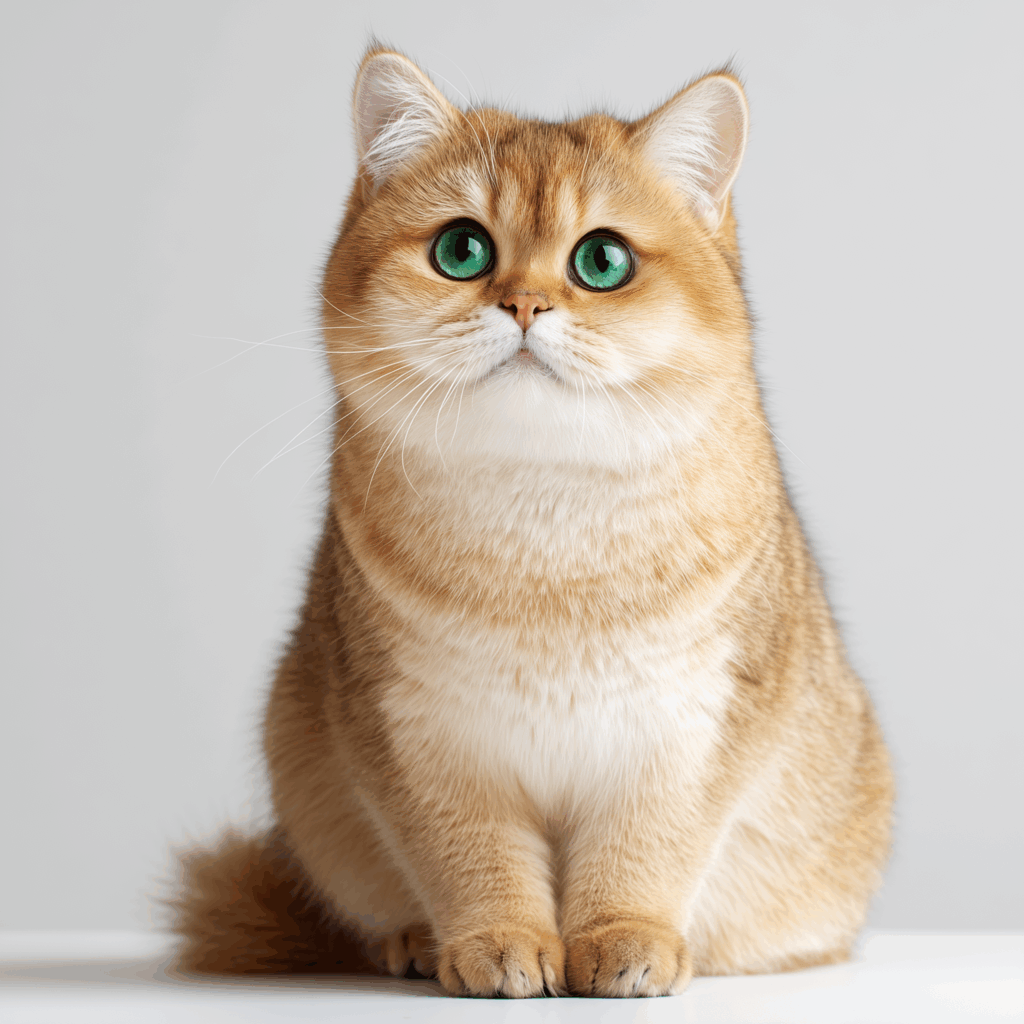
British Shorthair Cat Colors: Complete Guide to Every Shade and Pattern
The British Shorthair is a breed defined by variety — from the classic blue coat that made it famous to rare tones like golden, lilac, cream, and orange that reveal the depth of its genetics.
Each color reflects generations of selective breeding, precise genetic pairings, and careful attention to coat texture and eye harmony.
Whether you’re researching the right kitten color for your home or studying breed standards, this guide explains every major British Shorthair cat color, pattern, and gene combination — all with examples and links to more detailed pages for each.
👉 View Available British Shorthair Kittens – Raised in-home with verified European bloodlines and true British type.
British Shorthair Cat Colors at a Glance
| Color Category | Examples | Eye Color | Rarity | Notes |
|---|---|---|---|---|
| Blue (Gray) | Solid Blue | Copper / Gold | Common | Classic British Shorthair color; iconic teddy-bear look. |
| Black | Solid Black | Copper / Gold | Less Common | Deep pigment, glossy coat; popular for contrast breeding. |
| Red / Orange | Red, Flame, Ginger | Copper / Amber | Moderate | Produced by the orange gene; males more common. |
| Cream | Pale Cream, Blue-Cream | Copper / Gold | Moderate | Dilute version of red; soft peach tone. |
| Lilac | Solid Lilac | Copper / Gold | Rare | Chocolate + dilution; warm pink-gray coat. |
| Chocolate | Solid Chocolate | Copper / Gold | Rare | Warm brown tone; recessive genetics. |
| White | Pure White | Copper / Blue / Odd | Rare | Carries dominant white gene; requires hearing screen. |
| Silver | Silver Shaded, Chinchilla Silver, Silver Tabby | Green / Blue-Green | Rare | Caused by the inhibitor gene; bright contrast. |
| Golden | Golden Shaded, Golden Shell | Green / Aqua | Very Rare | Wide-band gene creates warm honey shading. |
| Tabby | Brown, Blue, Red, Silver Tabby | Gold / Green | Common | Classic, mackerel, or spotted patterns. |
| Bi-Color | Blue/White, Black/White | Copper / Gold | Common | Requires symmetrical white distribution for show quality. |
| Tortoiseshell | Black-Red Mix, Blue-Cream Mix | Copper / Gold | Common (Females) | Always female; mixture of two pigments. |
| Colorpoint | Blue Point, Lilac Point, Cream Point | Blue | Rare | Pale body with darker points; Himalayan gene. |
The History Behind British Shorthair Colors
The British Shorthair is one of the oldest recognized cat breeds, with roots tracing back to Roman Britain.
Originally solid-colored working cats, they were refined during the Victorian era into show-quality cats — especially the famous “British Blue.”
Over time, breeders introduced carefully selected outcrosses, expanding the color palette to include black, white, red, cream, lilac, chocolate, golden, and silver.
Each color group was standardized by major registries like CFA, TICA, and GCCF, forming the broad palette seen today.
British Shorthair Cat Solid Colors
Solid British Shorthairs have even pigmentation from root to tip.
These include:
- Blue (Gray): the classic slate coat that built the breed’s identity.
- Black: rich jet-black from root to tip.
- Red (Orange/Ginger): bright copper or flame-red tones.
- Cream: the dilute version of red, soft and buttery.
- Chocolate: warm brown coat with golden eyes.
- Lilac: a soft pinkish-gray tone created from chocolate + dilution.
- White: pure snowy coat with blue, copper, or odd-colored eyes.
👉 Read more: British Shorthair Orange Cat, British Lilac Cat
British Shorthair Patterned and Bi-Color Cats
Patterned British Shorthairs combine multiple color genes, producing bi-color, tabby, tortie, or spotted coats.
- Bi-Color: any solid with white markings (blue/white, black/white, cream/white).
- Tabby: includes classic, mackerel, and spotted types.
- Tortoiseshell: a patchwork of red/orange and black, almost always female.
- Smoke: solid color fading to lighter undercoat.
These patterns bring dimension to the dense British coat while preserving its round, plush silhouette.
British Shorthair Silver and Golden Series
The silver and golden divisions are among the most luxurious lines in the breed.
- Silver: produced by the inhibitor gene (I), creating white undercoats with dark tipping.
- Golden: created by the wide-band gene (Wb), giving warm honeyed shading.
Popular types include Silver Shaded, Chinchilla Silver, Golden Shaded, and Chinchilla Golden.
These cats often have green or blue-green eyes and are prized for their luminous, shimmering coats.
👉 Read more: British Shorthair Golden Cat, British Shorthair Green Eyes
British Shorthair Pointed and Blue Point Cats
While less common, colorpoint British Shorthairs display pale bodies with darker “points” on the face, ears, paws, and tail.
These points can appear in blue, lilac, or cream tones depending on genetics.
Colorpoint British Shorthairs always have blue eyes and a gentle contrast that enhances their round features.
👉 Read more: Blue Point British Shorthair
Eye Colors Across British Shorthair Lines
| Color Group | Typical Eye Color |
|---|---|
| Blue / Lilac / Cream | Copper, gold |
| Black | Deep copper |
| Red / Orange | Copper, amber |
| Golden | Green, aqua |
| Silver | Green, blue-green |
| White | Copper, blue, odd-eyed |
| Colorpoint | Blue |
Eye color plays a major role in show quality. Copper eyes are ideal for warm-toned cats, while green tones dominate silver and golden divisions.
British Shorthair Cat Color Genetics
British Shorthair cat colors are created through interactions of several key genes:
- B gene: controls black vs. brown pigmentation.
- O gene: creates red/orange color.
- D (Dilution) gene: softens pigment to blue, cream, or lilac.
- I (Inhibitor) gene: forms silver shading.
- Wb (Wide Band) gene: determines golden shading.
- A (Agouti) gene: creates tabby patterning or solid color.
Selective pairing ensures genetic stability, vibrant pigment, and coat density consistent with British type.
British Shorthair Color Chart
| Color Category | Examples | Eye Color | Pattern |
|---|---|---|---|
| Solid | Blue, Black, Cream, Lilac | Copper / Gold | None |
| Bi-Color | Blue/White, Black/White | Copper / Gold | Two-tone |
| Tabby | Silver, Brown, Red | Gold / Green | Striped or Spotted |
| Shaded / Tipped | Silver, Golden | Green / Blue-Green | Gradient |
| Colorpoint | Blue Point, Lilac Point | Blue | Pointed |
Personality Myths and Color Tendencies
While color doesn’t determine temperament, trends exist.
- Blue and Lilac: calm, reserved, affectionate.
- Red and Cream: playful, confident, outgoing.
- Golden and Silver: gentle, intelligent, people-oriented.
- Black: bold, curious, highly trainable.
These tendencies are shaped more by breeding and early rearing than color alone, but many owners notice subtle differences across color lines.
Rarest and Most Expensive British Shorthair Colors
| Color | Rarity | Typical Price Range (USD) |
|---|---|---|
| Golden Shaded / Chinchilla | Very Rare | $4,500–$6,500+ |
| Lilac Point | Rare | $4,000–$5,500 |
| Chocolate / Cinnamon | Rare | $3,500–$4,500 |
| Orange / Red | Moderate | $3,000–$4,500 |
| Blue | Common | $3,000–$4,000 |
Rarity depends on breeder lines, not just pigment. Golden and silver lines remain the most limited and sought after globally.
How to Choose the Right British Shorthair Color
When selecting a kitten, consider coat tone, eye contrast, and environment lighting.
Cool colors (blue, lilac, silver) appear elegant and timeless.
Warm colors (orange, cream, golden) create a vivid, sunny impression.
Because all British Shorthairs share the same gentle temperament, the best color is simply the one that draws your eye.
👉 Apply for a British Shorthair Kitten from Almonte Cats – inquire about available colors and upcoming litters.
British Shorthair Full Color Chart
| Color Group | Specific Colors | Genetics Involved | Eye Colors | Rarity | Coat Description |
|---|---|---|---|---|---|
| Blue Series | Blue | dd dilution of black | Copper / Gold | Common | Slate-gray, even to root; signature British coat. |
| Black Series | Black | BB or Bb | Copper / Gold | Less Common | Jet black, glossy, uniform pigmentation. |
| Red / Orange Series | Red, Flame, Ginger | O gene (sex-linked) | Copper / Amber | Moderate | Bright copper-red, usually tabby-visible. |
| Cream Series | Cream, Blue-Cream | O + dd dilution | Copper / Gold | Moderate | Light peach coat; softer contrast than red. |
| Chocolate Series | Chocolate | bb | Copper / Gold | Rare | Warm brown, milky tone; deepens with age. |
| Lilac Series | Lilac | bb + dd | Copper / Gold | Rare | Frosty pink-gray with even pigment. |
| White | Solid White | Dominant W | Copper / Blue / Odd | Rare | Masking gene covers all pigment. |
| Silver Series | Silver Shaded, Silver Tabby, Chinchilla Silver | Inhibitor I gene | Green / Blue-Green | Rare | Pale silver base with dark tipping. |
| Golden Series | Golden Shaded, Golden Shell | Wide Band Wb | Green / Aqua | Very Rare | Honey colored with warm gradient shading. |
| Tabby Series | Brown, Blue, Red, Silver Tabby | Agouti A gene | Gold / Green | Common | Classic, mackerel, or spotted striping. |
| Bi-Color | Blue/White, Black/White, Cream/White | White spotting S gene | Gold / Copper | Common | Symmetrical white patches with clean lines. |
| Tortoiseshell | Black-Red, Blue-Cream | Female X-linked | Gold / Copper | Common | Patchwork mix of warm and cool pigments. |
| Colorpoint | Blue Point, Lilac Point, Red Point | cs colorpoint | Blue | Rare | Pale body with darker point contrast. |
| Smoke Series | Blue Smoke, Black Smoke | Incomplete inhibitor | Copper / Gold | Less Common | Dark tips with pale undercoat. |
Frequently Asked Questions About British Shorthair Colors
1. What colors do British Shorthair cats come in?
British Shorthairs cats come in more than 200 recognized colors and patterns.
The most common are blue, black, cream, red (orange), lilac, chocolate, golden, and silver, but breeders also produce tabby, bi-color, and colorpoint variants.
Each color has a specific genetic base that affects coat depth, pattern, and eye tone.
2. What is the most popular British Shorthair color?
The British Blue (gray) remains the most famous and widely recognized color.
It’s considered the classic look for the breed and helped define the British Shorthair’s teddy-bear image.
Blue cats dominate global show rings due to their consistency, dense texture, and iconic copper eyes.
3. Which British Shorthair colors are rare?
The rarest British Shorthair cat colors include golden shaded, chinchilla silver, chocolate, cinnamon, fawn, and lilac point.
True white British Shorthairs with odd eyes are also uncommon.
These colors require specific gene combinations and are typically found in select European bloodlines.
4. What color eyes do British Shorthair cats have?
Eye color depends on coat type:
- Blue, lilac, and cream cats → copper or gold eyes
- Silver and golden cats → green or aqua eyes
- Colorpoints → blue eyes
- Whites → copper, blue, or odd eyes
CFA and TICA breed standards favor rich, deep copper eyes for solid-colored cats.
5. Can British Shorthairs have green eyes?
Yes, but green eyes are most common in golden and silver lines, not in solid blue or black cats.
Emerald or blue-green eyes are highly desirable in shaded or chinchilla divisions.
Solid-colored cats, like British Blues, typically maintain copper or amber eyes.
6. Do British Shorthair kittens change color as they age?
Yes.
Kittens are often born lighter, and their true shade appears as the adult coat thickens around 5–6 months.
Blue kittens darken slightly, while cream or golden kittens deepen in tone with age.
7. What determines a British Shorthair’s coat color?
British Shorthair cat color is controlled by several genes:
- B gene (black or brown pigment)
- O gene (orange/red pigment)
- D gene (dilution for blue, cream, lilac)
- I gene (inhibitor for silver)
- Wb gene (wide-band for golden)
- A gene (agouti for tabby pattern)
Responsible breeders use DNA testing to predict color outcomes and maintain purity within color divisions.
8. What is the difference between British Blue and British Grey?
There’s no difference — “blue” and “grey” describe the same color.
Cat registries use “blue” to describe a diluted black coat with a rich, slate-gray tone.
“British Blue” simply refers to a gray British Shorthair with copper eyes and dense fur.
9. What is a British Shorthair orange or red cat?
An orange (red) British Shorthair carries the O gene, which replaces black pigment with red pigment.
Their coat ranges from flame red to deep copper, usually with subtle tabby markings.
Males are more common because the gene is carried on the X chromosome.
10. What is a British Shorthair cream cat?
The cream British Shorthair is the diluted form of red, produced by the dilution gene.
It has a light peach or buttery tone with copper eyes and the same plush coat texture.
Creams are often bred with blue or lilac lines to create beautiful blue-cream or lilac-cream kittens.
11. What is a British Lilac Cat?
The lilac British Shorthair is created by combining chocolate and dilution genes.
Its coat is a warm pinkish-gray tone, evenly colored from root to tip.
Lilacs have copper or amber eyes and are valued for their soft, elegant color balance.
12. What is a British Chocolate Shorthair?
Chocolate British Shorthairs have warm, milk-chocolate coats and golden eyes.
They’re produced through recessive genes, making them less common in the U.S.
Their coat tends to darken slightly with age and light exposure.
13. What is a British Black Shorthair?
The black British Shorthair is a solid, glossy black cat with golden or copper eyes.
Each hair is evenly pigmented to the root.
This color enhances depth in breeding programs and produces striking contrast kittens in bi-color or tortoiseshell pairings.
14. What is a British Shorthair White Cat?
White British Shorthairs are born pure white with blue, copper, or odd eyes.
They carry the dominant white gene (W), which masks all pigment.
Their beauty lies in symmetry and coat clarity, though hearing testing is recommended for blue-eyed whites.
15. What is a British Shorthair Golden Cat?
Golden British Shorthairs carry the wide-band gene (Wb), which creates a glowing honeyed coat by restricting pigment to the hair tips.
They often have green or aqua eyes, giving them a luminous appearance.
Golden shaded and chinchilla golden varieties are especially prized internationally.
16. What is a British Shorthair Silver Cat?
Silver British Shorthairs have an inhibitor gene (I) that limits pigment, leaving a cool silver-white base with black or blue tipping.
These cats often feature green eyes and high contrast coats.
Popular types include silver shaded, silver tabby, and chinchilla silver.
17. What is a British Shorthair Tabby?
Tabby British Shorthairs display visible striping or spotting patterns created by the agouti gene.
Patterns include classic (swirled), mackerel (striped), and spotted.
Common British Shorthair Cat colors: brown tabby, silver tabby, red tabby, and blue tabby.
18. What is a British Shorthair Bi-Color?
Bi-color British Shorthairs feature white markings on the face, chest, legs, or underside.
The pattern can appear in blue/white, black/white, or cream/white variations.
Balance and symmetry of color determine show quality.
19. What is a British Shorthair Colorpoint?
Colorpoint British Shorthairs have pale bodies and darker “points” on the face, ears, legs, and tail.
They inherit the colorpoint (cs) gene from Siamese ancestry.
Their eyes are always blue, and colors include blue point, lilac point, and cream point.
20. What color eyes do colorpoint British Shorthairs have?
All colorpoint British Shorthairs have deep blue eyes, regardless of coat tone.
The colorpoint gene links to partial albinism, which affects eye pigment.
Eye clarity is a key feature of high-quality points.
21. Can British Shorthairs be calico or tortoiseshell?
Yes — these patterns occur in females carrying both orange and non-orange genes.
Tortoiseshells combine black and red patches; calicos add white.
They’re admired for their uniqueness and vivid marbling.
22. Can British Shorthairs have blue eyes without being colorpoint?
Yes, but rarely.
Only white British Shorthairs and odd-eyed cats can naturally have blue eyes without the colorpoint gene.
Blue eyes in solid or tabby cats are considered a deviation from the standard.
23. Which British Shorthair Cat colors have green eyes?
Silver, golden, and chinchilla British Shorthairs typically have green or blue-green eyes.
Green tones are most consistent in shaded and tipped coats where pigment density is reduced.
24. Which British Shorthair colors have copper eyes?
Blue, black, cream, lilac, chocolate, and red British Shorthairs all exhibit copper or amber eyes.
The warm pigment complements their dense coat colors and is considered the hallmark of the breed.
25. Do British Shorthair colors affect personality?
Not scientifically — all British Shorthairs share calm, affectionate temperaments.
However, some breeders note red and cream cats can be more playful, while blue and lilac cats tend to be more reserved.
These tendencies are minor and shaped more by upbringing.
26. Which British Shorthair color is best for families?
All British Shorthair Cat colors are family-friendly, but blue, cream, and lilac cats are especially popular with children for their calm and gentle nature.
Their thick coats and tolerant personalities make them ideal companions.
27. Do British Shorthair colors affect shedding or coat texture?
No. Coat density and texture are consistent across colors, though silver and golden lines may feel slightly softer due to finer hair tips.
All British Shorthairs shed moderately year-round.
28. Which British Shorthair color is easiest to maintain?
Blue and lilac cats are easiest to maintain because their even coats hide loose fur and don’t show stains.
White and cream cats may require more frequent grooming to keep coats bright.
29. Which British Shorthair color costs the most?
Golden Shaded, Chinchilla Silver, and Lilac Point kittens are the most expensive due to rarity and demand.
Blue and cream cats are more common and moderately priced.
Pricing reflects genetics, registration, and breeder reputation.
30. What is the best British Shorthair color overall?
There’s no single “best” color — it’s a matter of taste.
- For tradition: blue or lilac.
- For rarity: golden or silver shaded.
- For personality warmth: orange, cream, or chocolate.
Every British Shorthair Cat, regardless of color, shares the same loyal, gentle nature that defines the breed.
✅ Related Articles
- British Shorthair Green Eyes
- British Shorthair Golden Cat
- British Shorthair Orange & Cream Cats
- Blue Point British Shorthair
- British Shorthair Size and Weight Guide
Sources & References
- TICA – British Shorthair Breed Profile
https://tica.org/breeds/british-shorthair - GCCF – British Shorthair Standard of Points (PDF)
https://gccfcats.org/wp-content/uploads/2021/10/BritishSOP.pdf - FIFe – British Shorthair & British Longhair Standard (PDF)
https://fifeweb.org/cats/breeds/british-longhair-shorthair/ - International Cat Care – Cat Colours, Patterns & Eye Colours
https://icatcare.org/advice/understanding-cat-colours-patterns-and-eye-colours/ - PetMD – Cat Coat Color Genetics Overview
https://www.petmd.com/cat/general-health/cat-color-genetics - VCA Animal Hospitals – Feline Genetics Basics
https://vcahospitals.com/know-your-pet/genetics-basics-feline - UC Davis Veterinary Genetics Laboratory – Feline Coat Color Tests
https://vgl.ucdavis.edu/breed/british-shorthair-0 - Basepaws – Cat Coat Colors & Patterns
https://basepaws.com/blogs/news/cat-coat-colors-patterns - PawPeds – British Shorthair Database
https://pawpeds.com/db/?p=bri - Messybeast – British Shorthair Colours (Silver, Golden, Shaded)
https://messybeast.com/british-shorthair-colours.htm - Chinchilla & Shaded Cats – Silver and Golden Genetics
https://heavensentit.wordpress.com/persians/ - Eye Color Development in Kittens
https://kittencoalition.org/kitten-vision-more-than-meets-the-eye/ - Cornell Feline Health Center – Feline Genetics & Pigmentation
https://www.vet.cornell.edu/departments-centers-and-institutes/cornell-feline-health-center
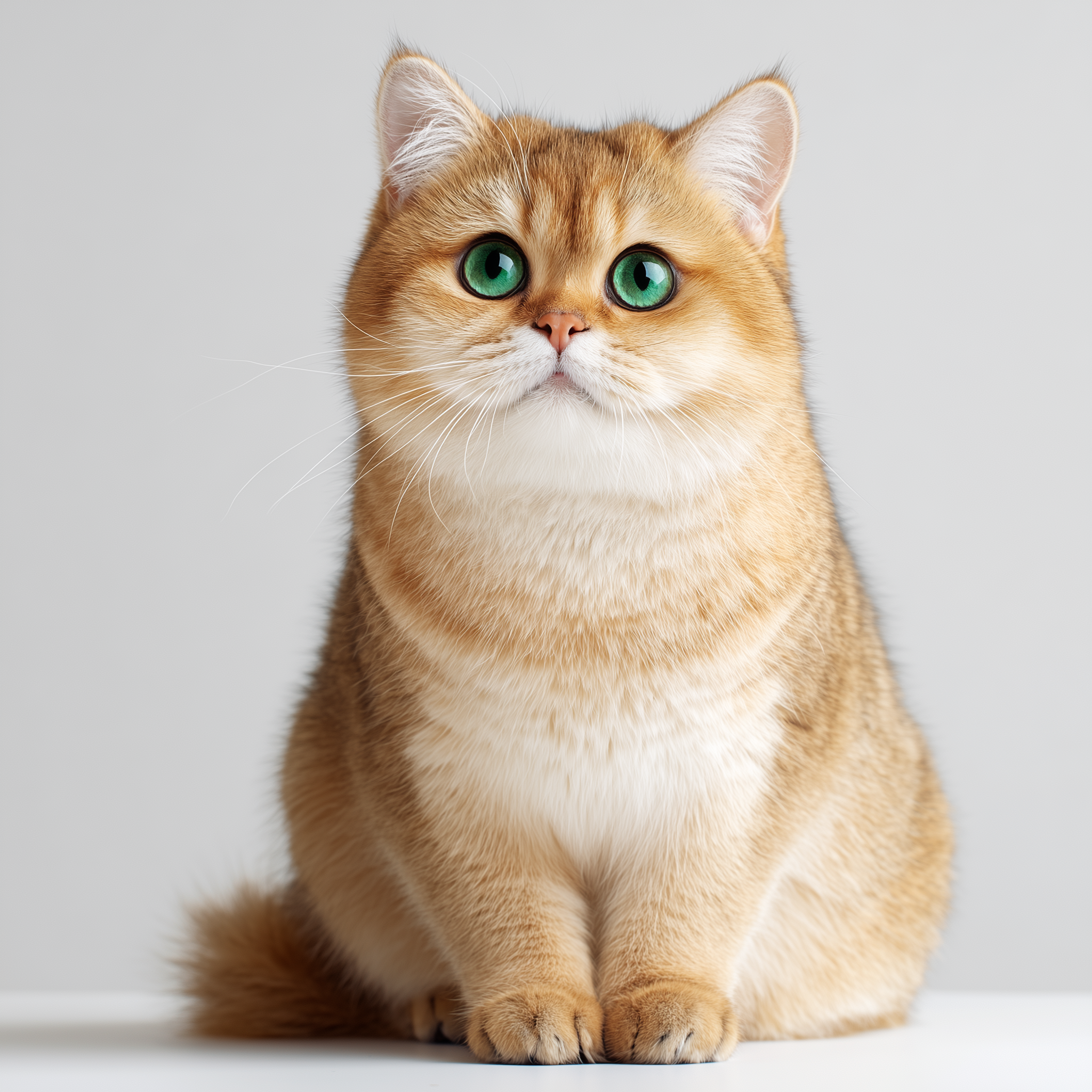
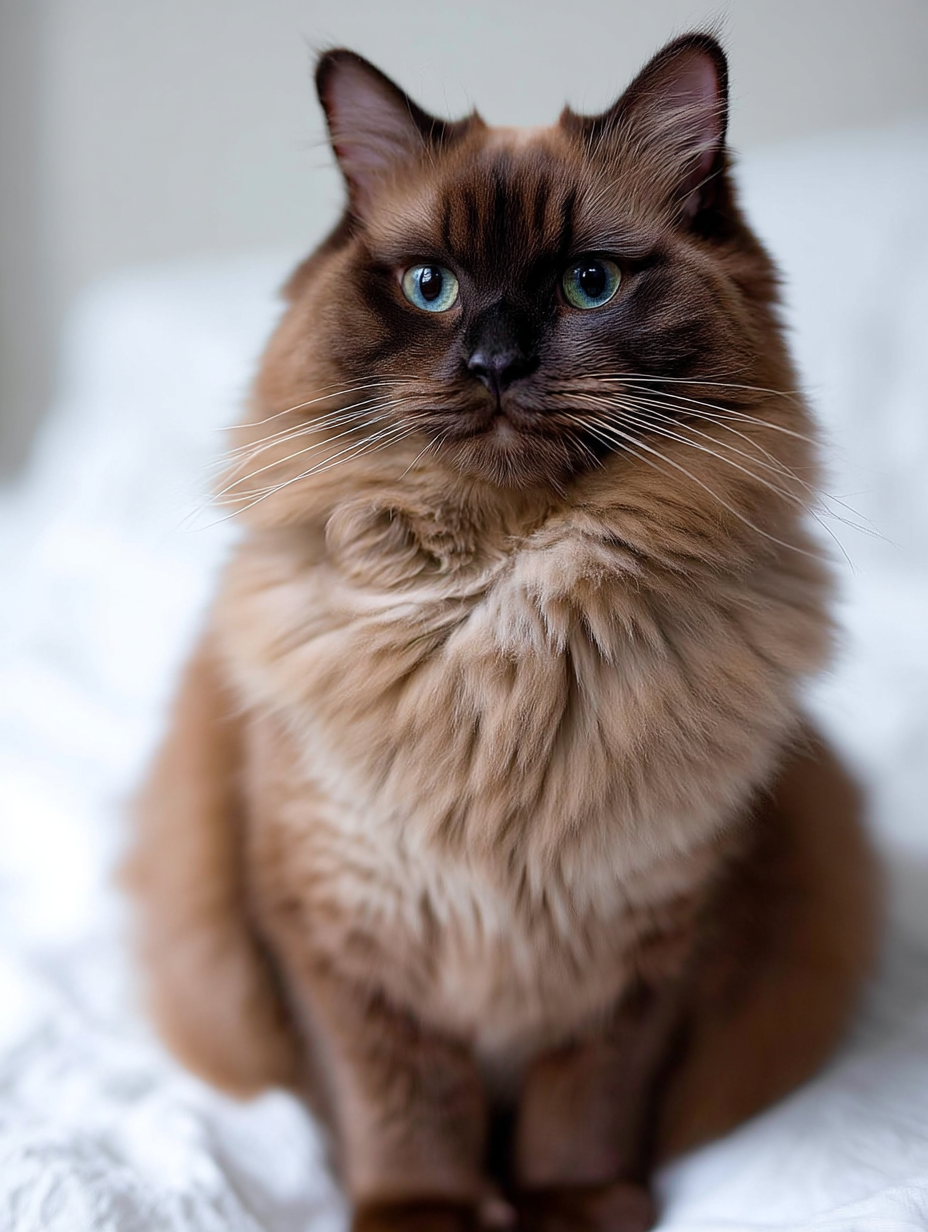
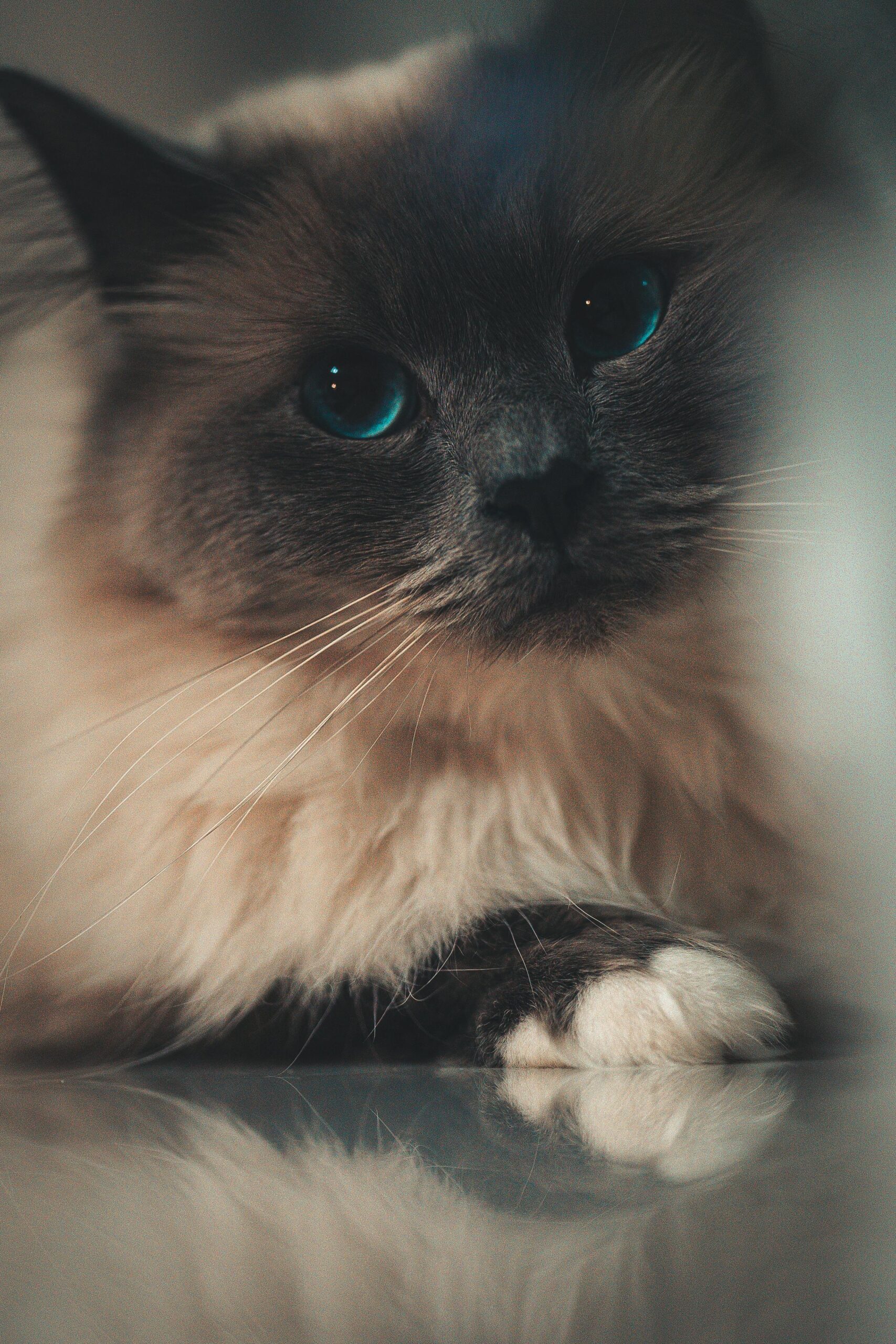

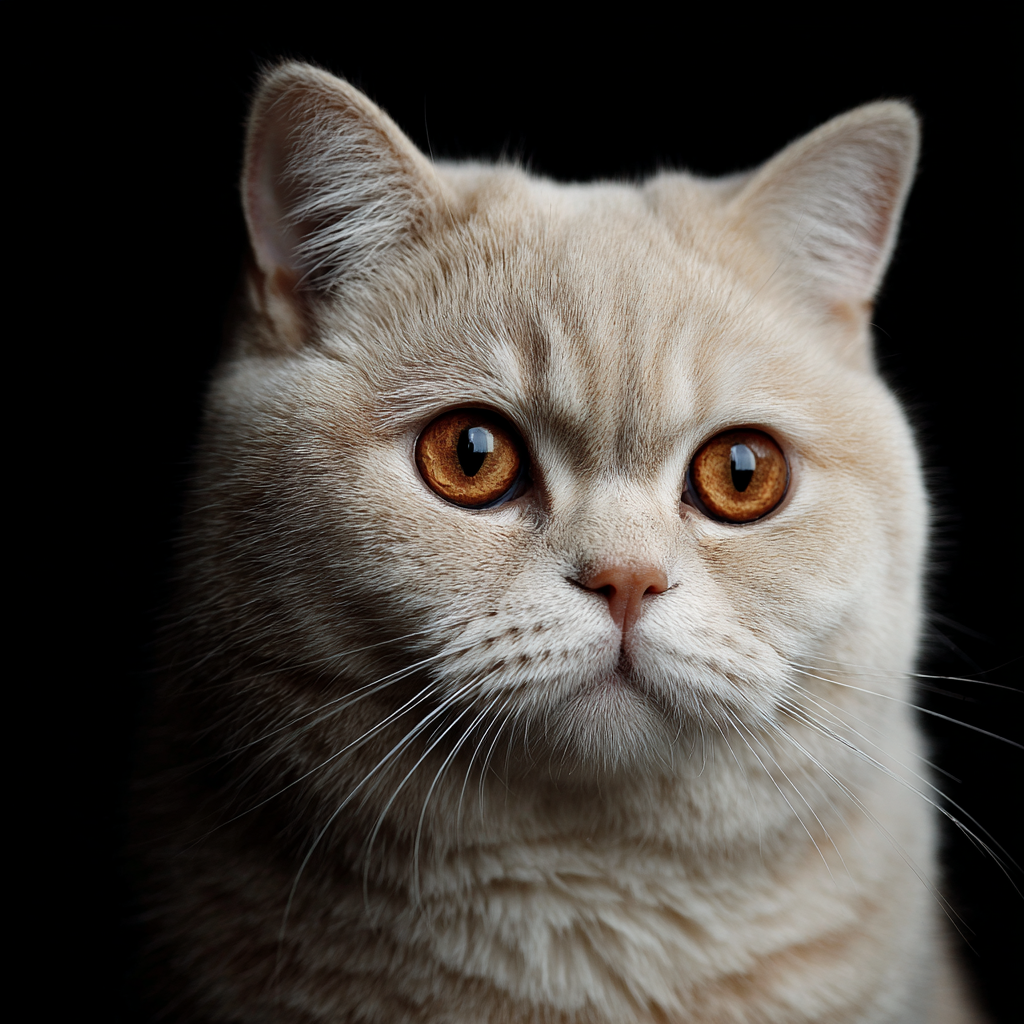
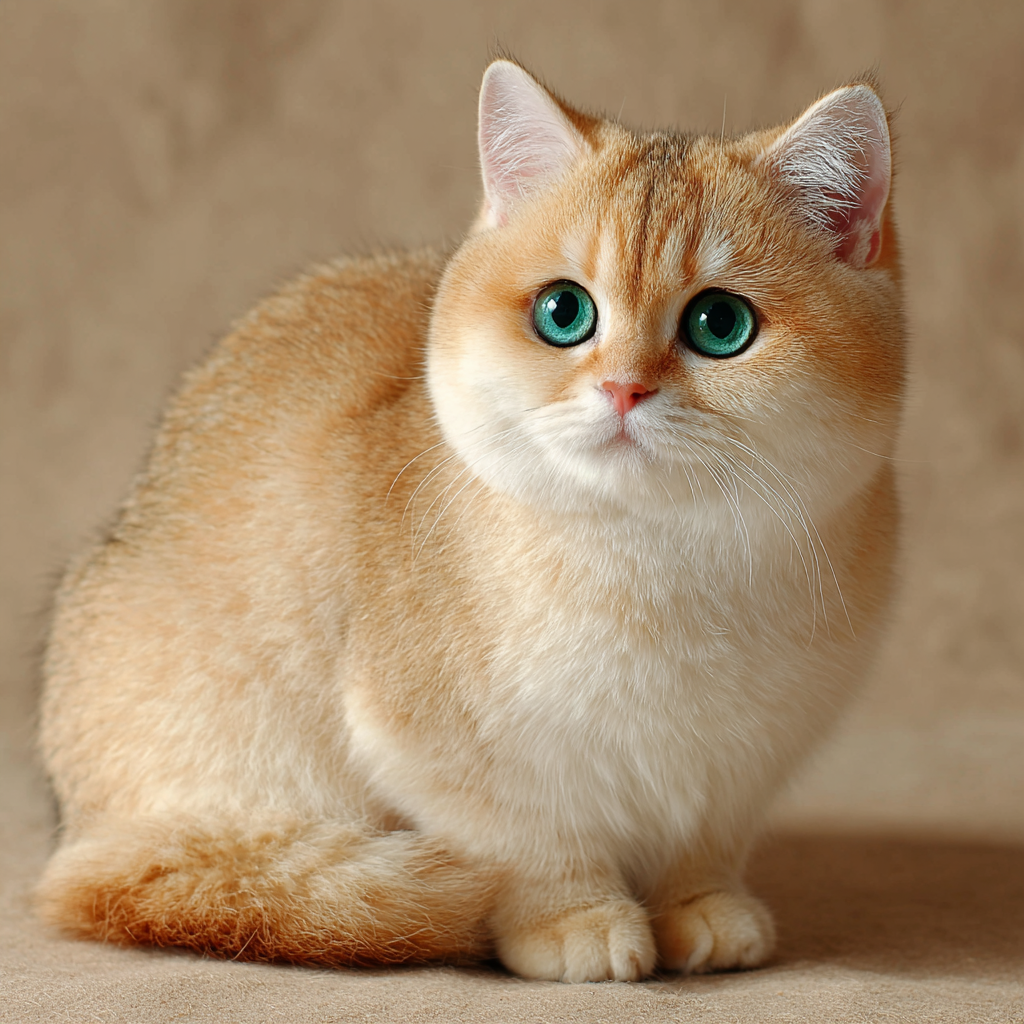
Read the Comments +